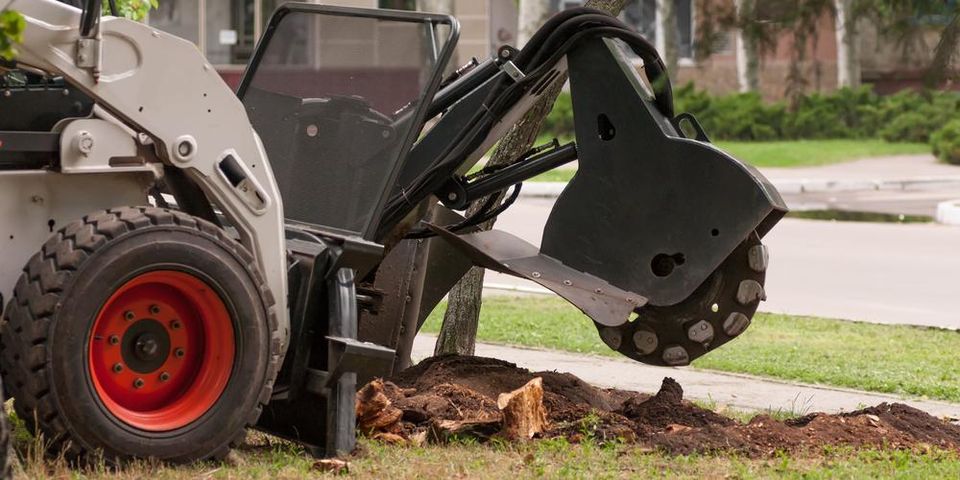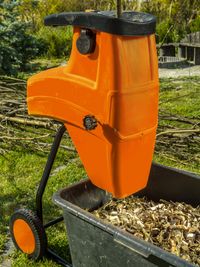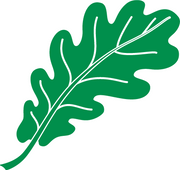How Are Stump Removal & Stump Grinding Different?

From tripping hazards to pest infestations, stumps can cause plenty of problems if left to linger in your yard. That’s why it’s important to eliminate the obstacles at the same time trees are cut down. Stump removal and stump grinding are two techniques used to get rid of tree trunk fragments. Since the methods differ, it’s important to understand both options before deciding what to choose.
Stump Removal Eliminates the Entire Root Ball
Even when a tree’s trunk and branches are severed, the root system can still thrive. That’s why trees often regrow when stumps are left behind. During the removal process, the root ball is taken along with the stump to prevent the tree from re-emerging. The root ball extends deep into the ground and is often much larger than the tree, making the process more complex than grinding. Once eliminated, there are no remnants on the property, so it’s a preferred choice for sick or infested specimen. Since there are holes left behind, check with professionals about filling them before making arrangements.
Stump Grinding Lets Roots Decay Over Time
 With stump grinding, the remaining trunk is chipped down into smaller fragments until only the roots are left. Although specialists can haul away the debris, the wood chips can also be used as natural mulch for other landscaping projects. Unlike with stump removal, the entire root ball is not eliminated but will naturally decay over time. Also, this option doesn’t leave any holes that need filling.
With stump grinding, the remaining trunk is chipped down into smaller fragments until only the roots are left. Although specialists can haul away the debris, the wood chips can also be used as natural mulch for other landscaping projects. Unlike with stump removal, the entire root ball is not eliminated but will naturally decay over time. Also, this option doesn’t leave any holes that need filling.
Whether you’ve decided stump removal or grinding is better suited to your needs, the professionals at Carlos Tree Service in Anchorage, AK, have the tools and training to accommodate both requests and improve the beauty, safety, and functionality of your landscape. To learn more about how they can assist and schedule an appointment, call (907) 522-6049. Visit the company online for a closer look at their environmentally conscious approach to tree maintenance, and follow them on Facebook for news alerts.
About the Business
Have a question? Ask the experts!
Send your question

